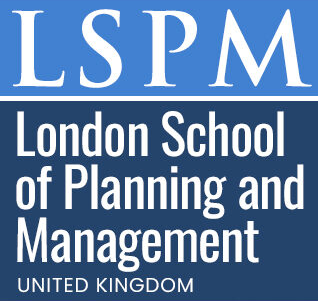Advanced Certificate in Remote Sensing Applications for Agriculture Management
-- viewing nowRemote Sensing plays a vital role in modern agriculture management, enabling farmers to make data-driven decisions and optimize crop yields. The Advanced Certificate in Remote Sensing Applications for Agriculture Management is designed for professionals seeking to enhance their skills in using satellite and aerial imagery for precision agriculture, crop monitoring, and yield prediction.
5,491+
Students enrolled
GBP £ 149
GBP £ 215
Save 44% with our special offer
About this course
100% online
Learn from anywhere
Shareable certificate
Add to your LinkedIn profile
2 months to complete
at 2-3 hours a week
Start anytime
No waiting period
Course details
• Advanced Principles of Remote Sensing — This unit will cover the advanced principles of remote sensing, including the electromagnetic spectrum, sensor systems, and image interpretation techniques.
• Agricultural Sensing Technologies — This unit will focus on the various remote sensing technologies used in agriculture, such as multispectral and hyperspectral imaging, LiDAR, and radar.
• Data Analysis for Agriculture Management — This unit will cover the methods and techniques used to analyze remote sensing data for agriculture management, including statistical analysis, machine learning, and GIS.
• Crop Health Monitoring — This unit will teach students how to use remote sensing data to monitor crop health, including the identification of stressors such as drought, disease, and pests.
• Yield Prediction — This unit will cover the use of remote sensing data for yield prediction, including the development of crop growth models and the use of machine learning algorithms.
• Irrigation Management — This unit will teach students how to use remote sensing data for irrigation management, including the identification of water stress and the optimization of irrigation systems.
• Soil Mapping — This unit will cover the use of remote sensing data for soil mapping, including the identification of soil types, properties, and fertility.
• Precision Agriculture — This unit will teach students about precision agriculture, including the use of remote sensing data for variable rate application of fertilizers and pesticides, and the optimization of crop yields.
• Remote Sensing for Climate Change Impact Assessment — This unit will cover the use of remote sensing data for assessing the impact of climate change on agriculture, including the identification of trends and the development of adaptation strategies.
Note: The above list of units is for reference purpose only and can vary based on the course curriculum and requirements.
Career path
